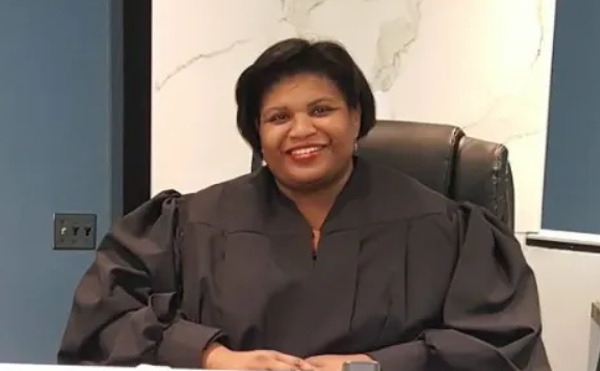When Michigan’s zero-tolerance-for-school-violence law went into effect in 1995, Ruth Zweifler expected the worst. According to "Access Denied," a report recently released by the Student Advocacy Center of Michigan (SACM) in Ann Arbor, which she heads, her suspicions were correct.
"No one is safe with this kind of law," which allows public schools to permanently expel students, says Zweifler.
That is especially the case for African-Americans, who are expelled at a disproportionate rate across the state, according to the report. Of the 17 Michigan school districts included, African-Americans represent 40 percent of the student population, but account for 64 percent of school expulsions.
Here are some of the figures school districts provided:
• Lansing: African-Americans accounted for 34 percent of the student body between 1995 and 1997, but made up 67 percent of all expulsions.
• Port Huron: African-Americans comprised only 7 percent of the student body for the 1995-1996 school year, but represented 18 percent of the expulsions.
• Grand Rapids: African-Americans made up 42 percent of the student body in the 1995-1996 school year, but accounted for 70 percent of those expelled.
• Benton Harbor: African-Americans made up 87 percent of the student body, and accounted for 94 percent of 1995-96 school-year expulsions.
There are no comparable figures for the Detroit school district, which is 95 percent African-American and does not track expulsions by race.
Zweifler says the most egregious part of the law is that the state is not obligated to help students get reinstated or to provide them educational alternatives. The only exception is for special education programs, where the state is to provide other schooling.
The report also says that Michigan fails to enforce a federal requirement that school districts track expulsion rates. That responsibility falls to the Family Independence Agency, whose spokeswoman Maureen Sorbet says only 188 of Michigan’s 557 school districts filed reports with the agency since the law went into effect.
"We don’t know why all the districts don’t report," she says.
The school districts that did provide this information, says Sorbet, reported that 614 students were expelled between June 1995 and June 1998, more than half for carrying a knife. Ninety-nine students were expelled for bringing firearms to school, 50 for arson, eight for rape, and the rest either carried other kinds of weapons or the reasons for expulsion were unknown.
Spokespersons from the Michigan Department of Education and FIA disagree about which agency is responsible for enforcing that school districts report expulsion rates.
Poor reporting is not the only thing that bothers Zweifler. She says many students are expelled that shouldn’t be. Zweifler explains that SACM, which currently is handling about 40 expulsion cases, has represented many students who were expelled but had no history of violence.
"If we do have youngsters that are troubled and dangerous," she says, "to put them on the street serves no one any good."





